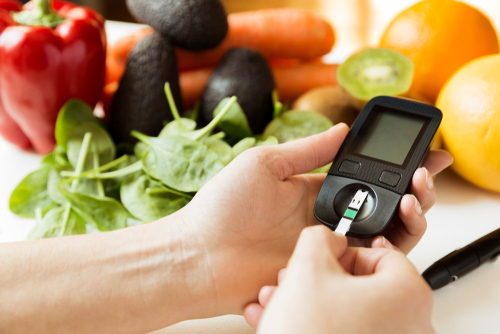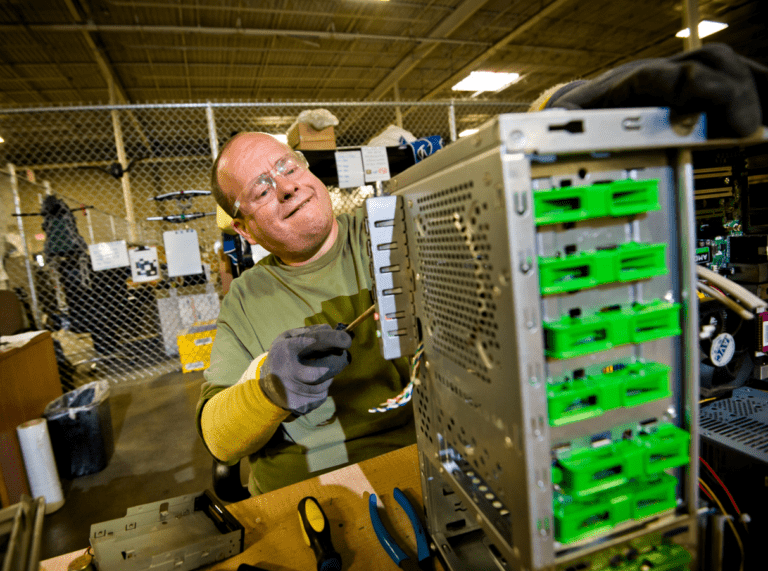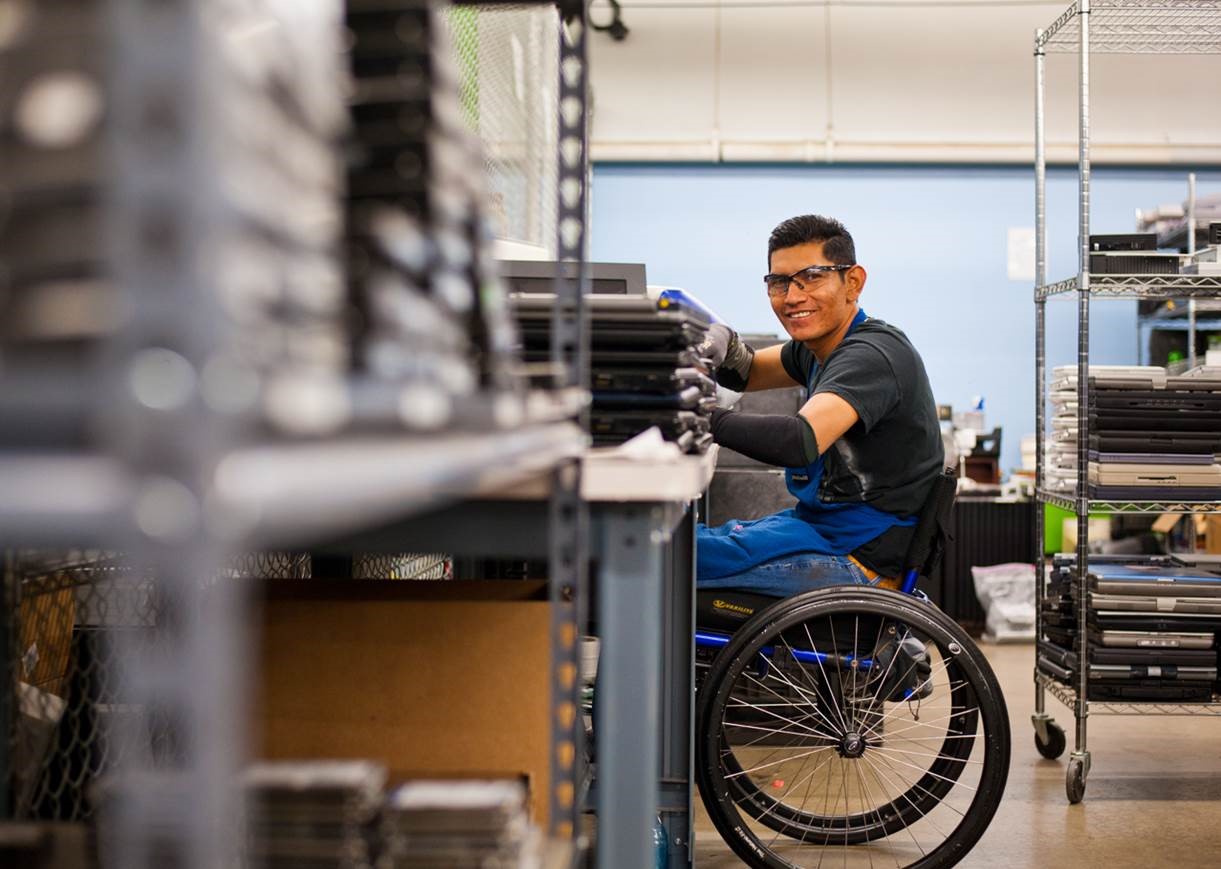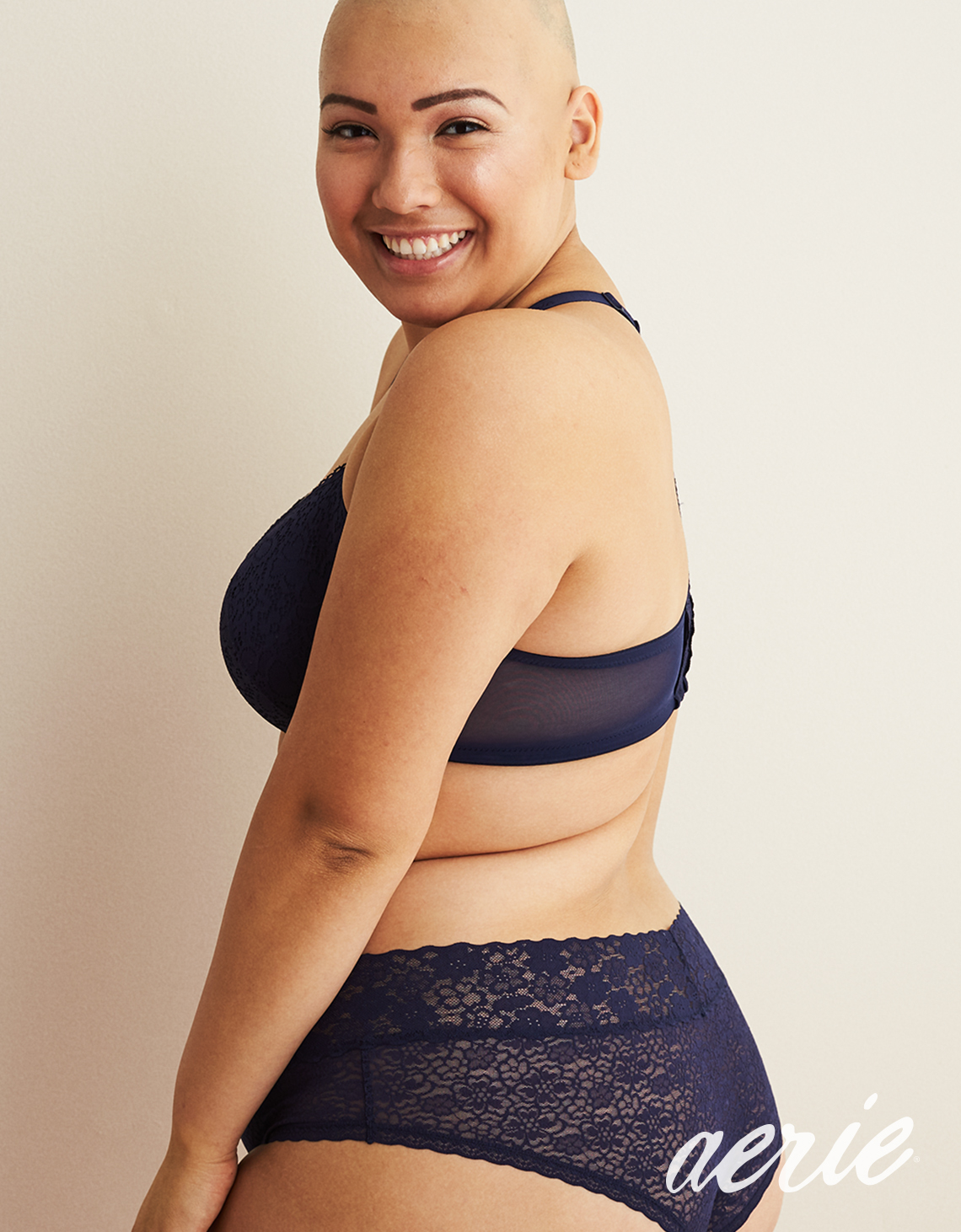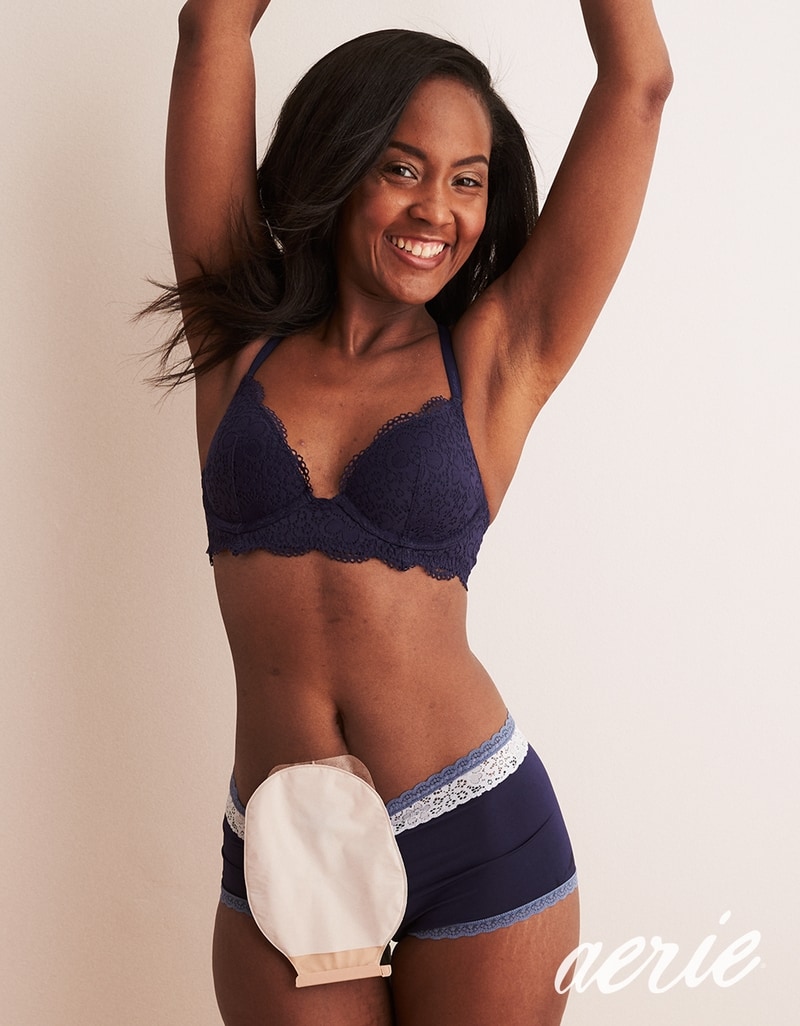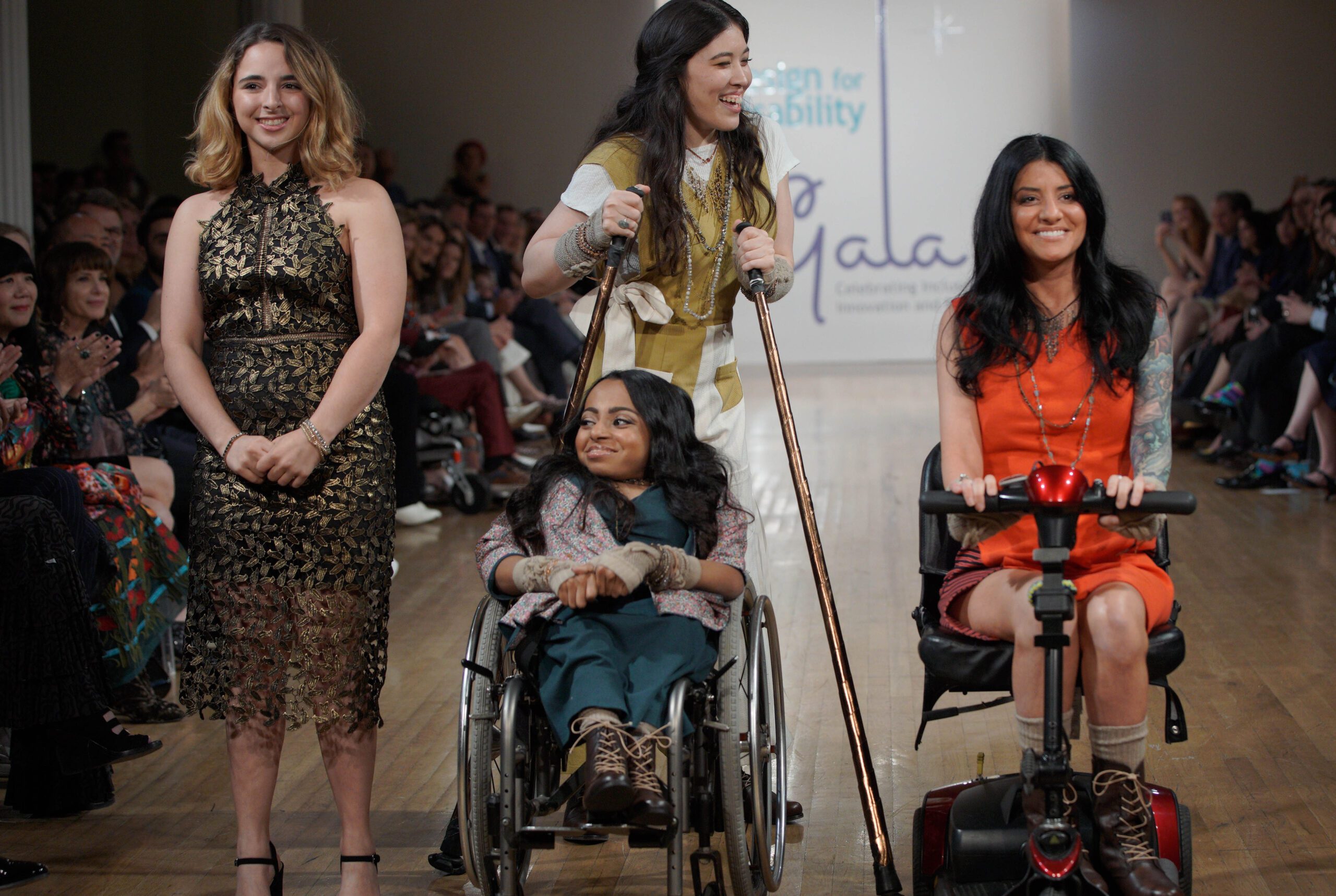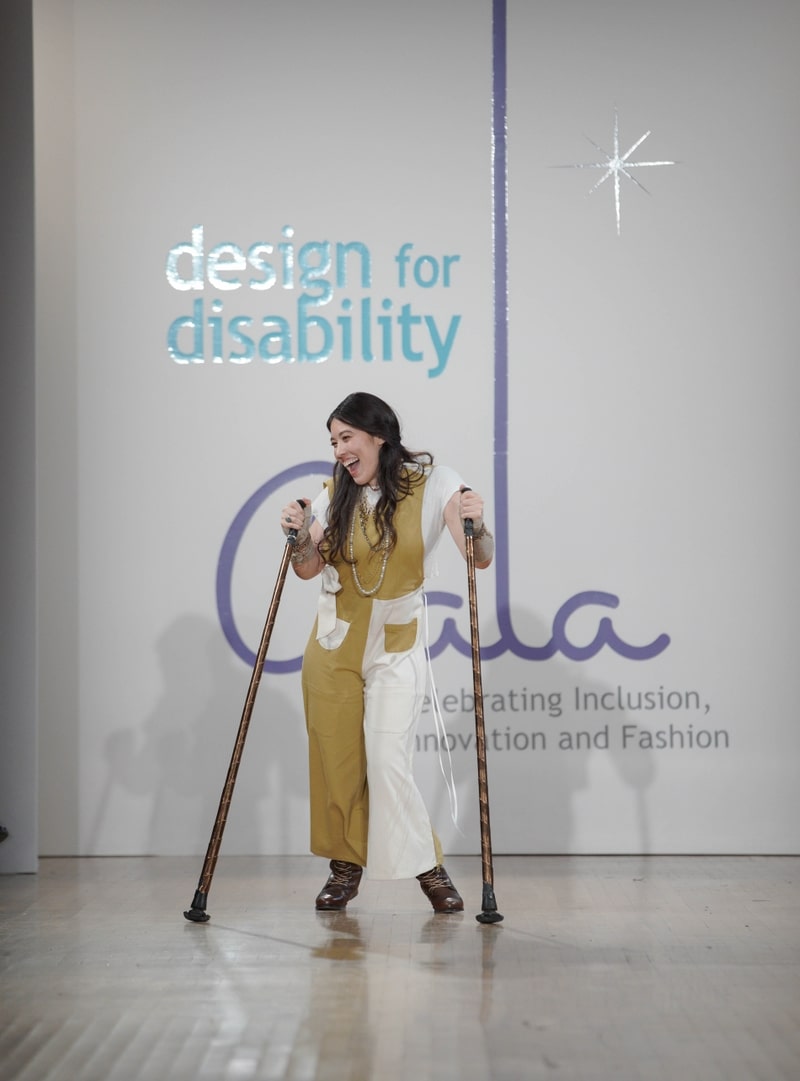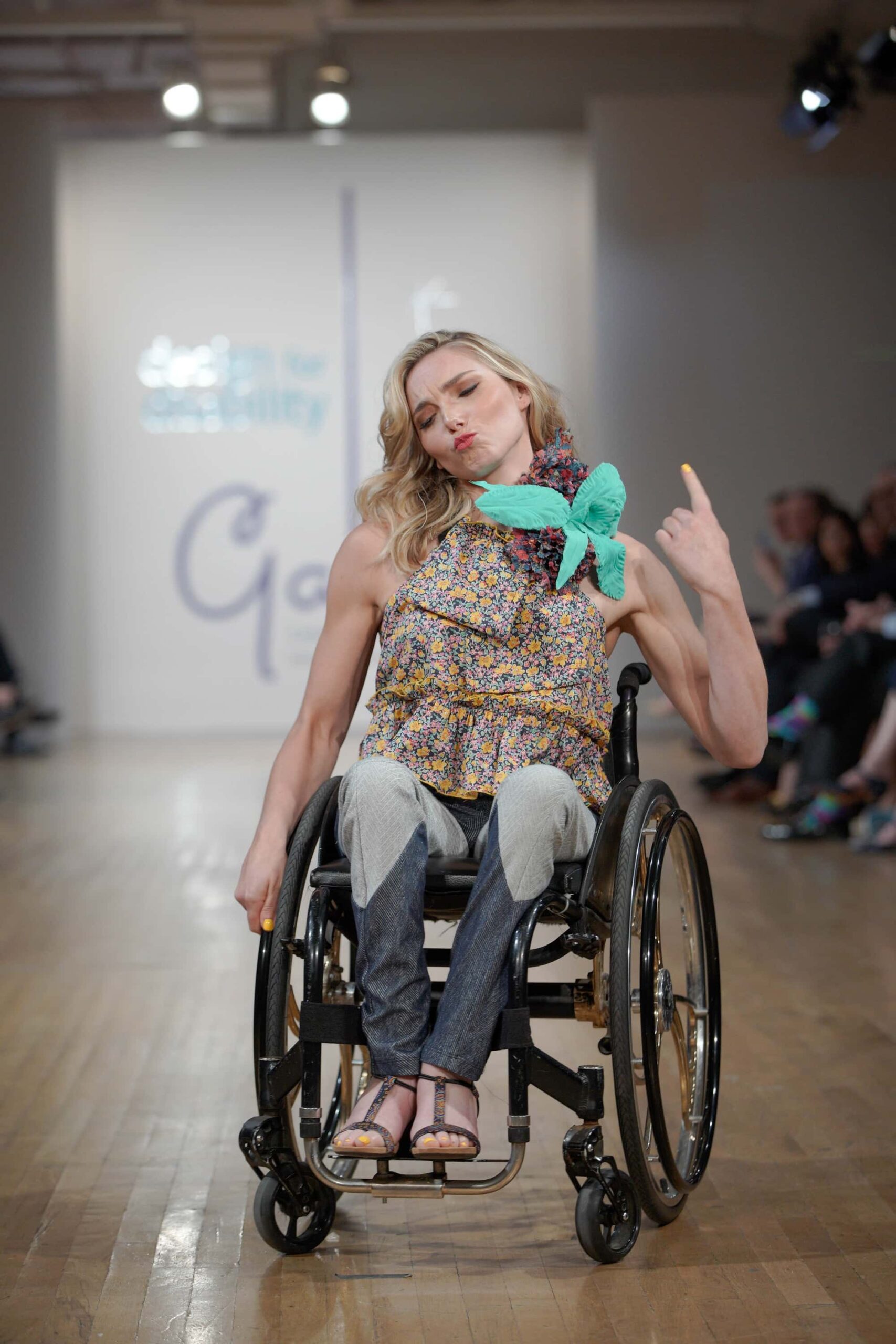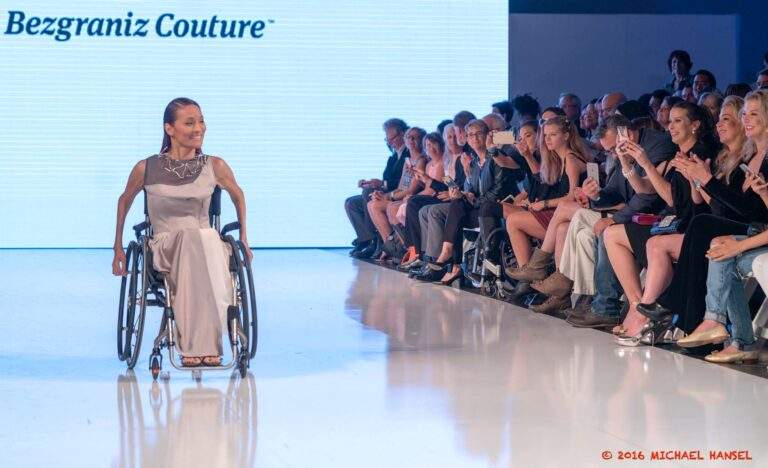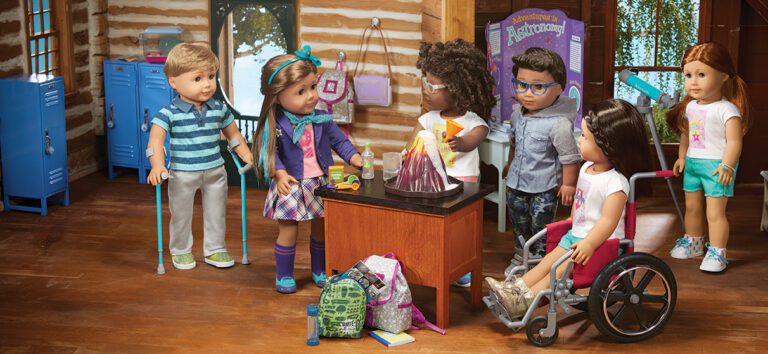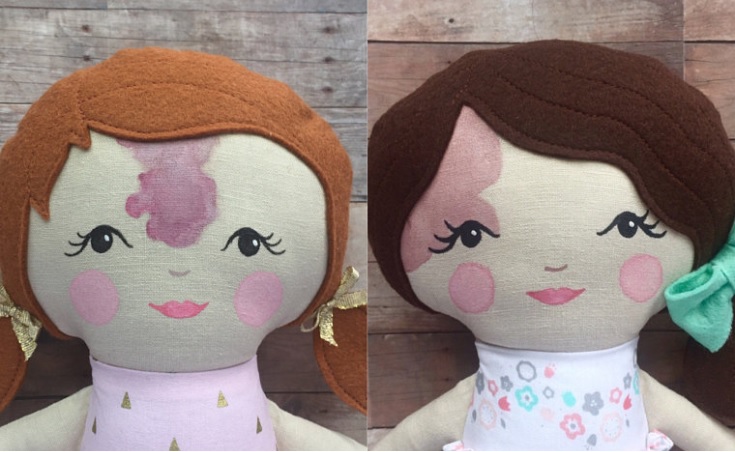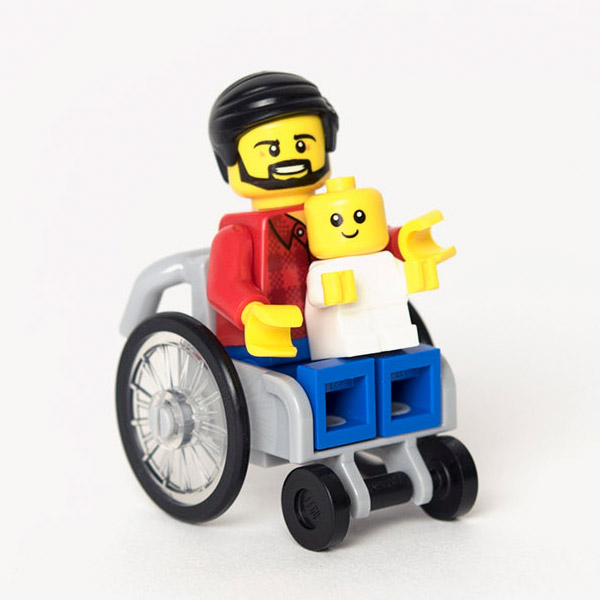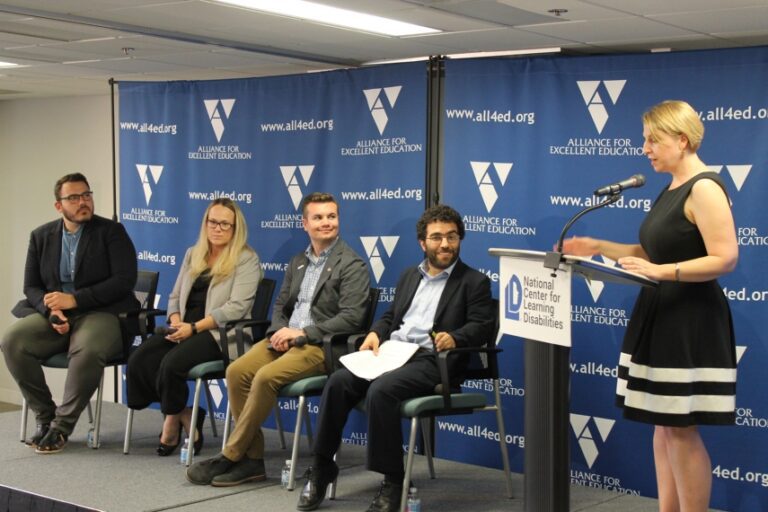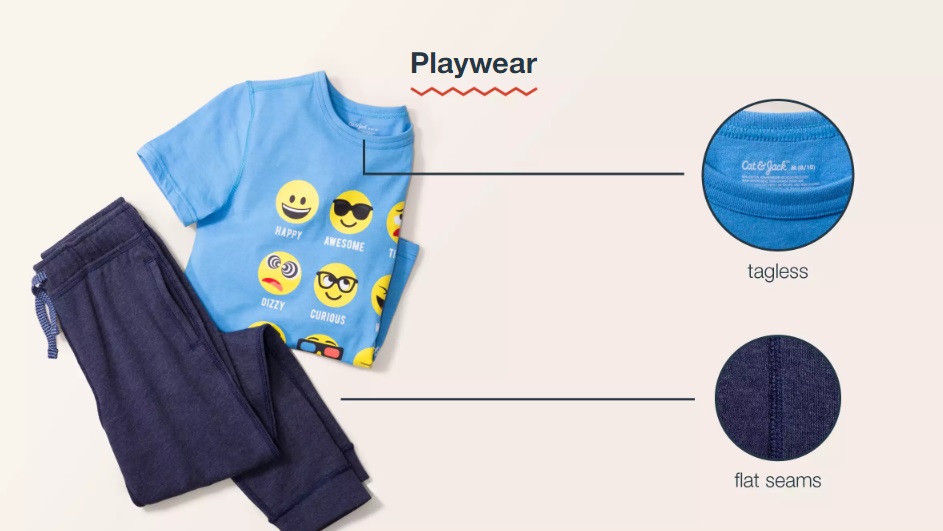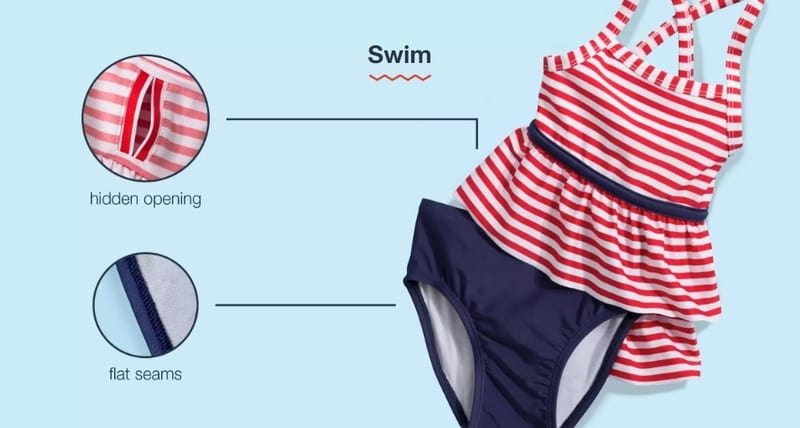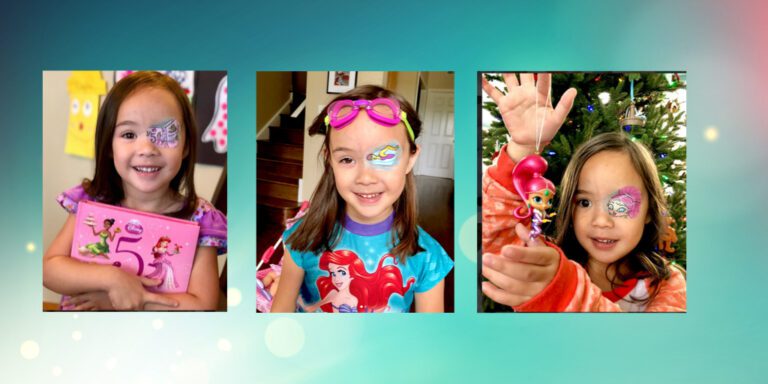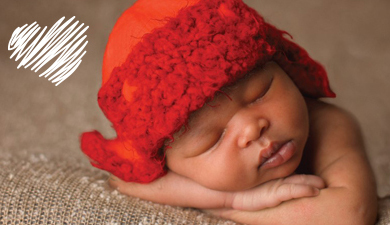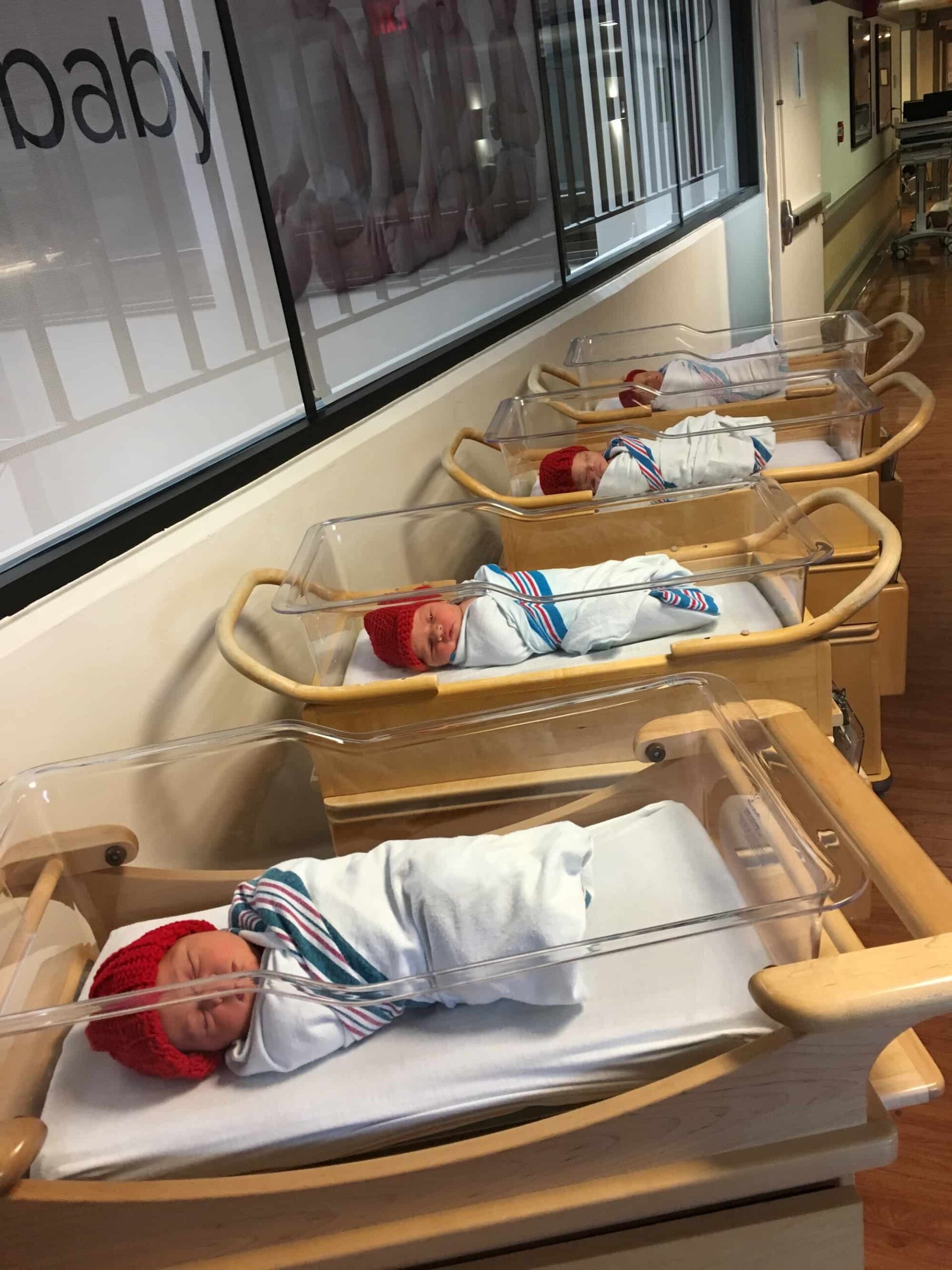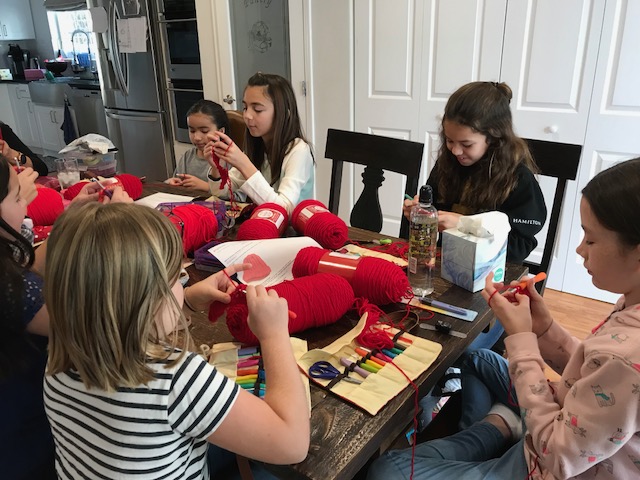Nearly half of American adults have diabetes or prediabetes – half! The statistics are alarming: Over 30 million children and adults in the U.S. have diabetes and another 84.1 million American adults have prediabetes. Yet, many people still don’t understand the risk and warning signs. Diabetes, as defined by the American Diabetes Association (ADA), is a group of diseases characterized by high blood glucose levels that result from defects in the body’s ability to produce and/or use insulin. Diabetes can also impact one’s eyes, nerves, kidneys, heart and other organs. That’s why the ADA is on a mission to prevent and cure diabetes and to improve the lives of those affected.
It’s a Science
ADA reports that, since 1952, its invested $807.4 million in more than 4,700 research projects that have helped change the face of how diabetes is treated. Nicole Donelson, ADA’s Executive Director (Florida) tells AmeriDisability Services that the association’s commitment to financing researchers, a program called Pathway to Stop Diabetes, is critical as other funding agencies, like National Institutes of Health, allocate more funding to other diseases that, while important, are far less widespread compared to diabetes. In recent years, ADA scientists have, for example, analyzed how coffee drinkers have a slightly reduced risk of cardiovascular disease, cancer, Parkinson’s disease and Type 2 diabetes; how high glucose levels cause blood vessels in the eye to multiply abnormally and, thus, leads to blindness; and how diabetics who are depressed have poorer outcomes than diabetics who are not depressed.
In 2017 alone, the ADA made more than $37.4 million available for research, supporting 371 research projects performed by 341 investigators at 140 leading academic research institutions across the U.S. And, each year, upwards of 16,000 physicians, scientists and healthcare professionals gather for the ADA’s Scientific Sessions, a conference devoted to innovative discoveries. The most recent event, held in June 2018 in Orlando, showcased 2,800 original presentations. One new study, which caught the attention of expectant parents and beyond, revealed that maternal diabetes may increase risk of autism in children. However, even with this elevated risk, the likelihood remained small and, therefore, the study did not suggest that diabetic pregnancy was unsafe.
Regarding disease management, new research proposed that adults with Type 1 who added the drug Victoza (liraglutide) produced better glucose control and increased weight loss. Another study found that those with Type 1 who used the Omnipod hybrid closed-loop system (the HorizonTM Automated Glucose Control System) “experienced significantly less hypoglycemia, more time in the target glucose range and better overnight glycemic control compared to their usual care.” And, since we live in a digital world, presenters advised that mobile apps are evolving to function as “personal diabetes assistants,” with abilities to analyze data and provide personalized pattern recognition and insulin-dosing decision support.
The High Cost
While findings concerning medical advancements are exciting, another study presented at Scientific Sessions was disappointing, revealing that some diabetics who require insulin are, sadly, unable to pay for adequate supplies. Dr. Jane Reusch, ADA’s President of Medicine and Science, bluntly stated, “Insulin affordability threatens lives and takes lives. It’s crucial that the ADA, as part of its mission, keeps insulin affordability in the spotlight.” Diagnosed diabetes costs the U.S. $245 billion each year and insulin prices have risen significantly – nearly tripling in cost between 2002 and 2013.
To address the issue, in November 2016, the ADA launched its Make Insulin Affordable initiative, formally declaring that people with diabetes shouldn’t have to cut back on or skip doses of insulin – or, conversely, forgo other necessities to pay for insulin. The effort, according to an ADA press release, includes a petition that calls for all entities in the supply chain to provide transparency, and to ensure that all people who use insulin have affordable access to the medication. It also asks Congress to hold hearings to identify the reasons for the dramatic increases in insulin prices. Since the campaign launch, advocates have held more than 400 Congressional meetings and collected more than 800 patient, caregiver and provider stories regarding access to affordable insulin. If you are impacted by this issue (or simply care about the cause), don’t hesitant to voice your opinion too.
Resources
While advocating for diabetes research and healthcare improvements are high organizational priorities, ADA remains equally focused on helping individuals with diabetes live life to the fullest. Visit Diabetes.org to explore various programs and resources, from dietary to health insurance tips and everything in between. Plus, mark your calendar for local upcoming events, such as the Step Out: Walk to Stop Diabetes and Tour de Cure.




